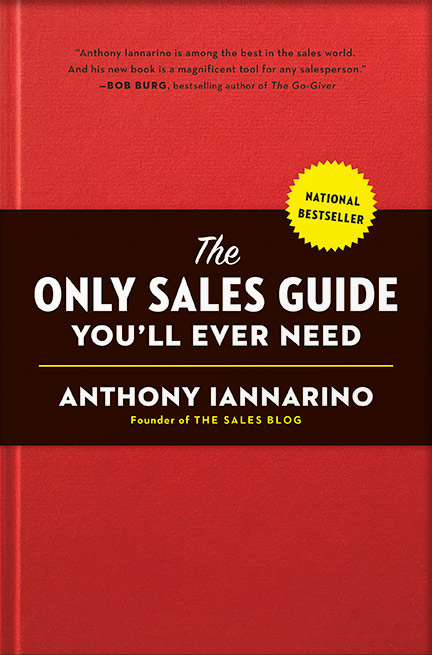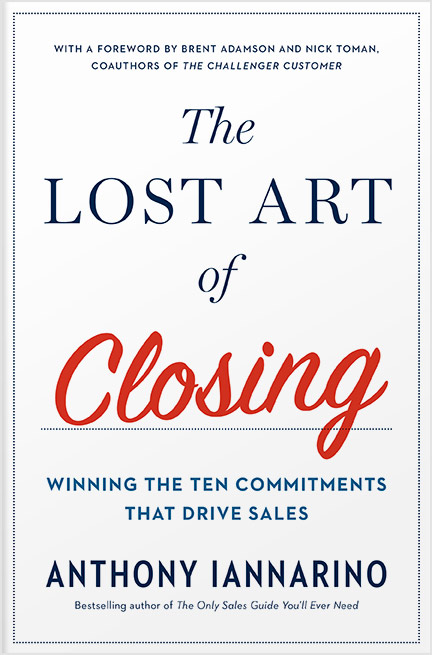The Gist
- Your legacy approach fails because objections you often hear are not real, rather designed to mask that the client believes the meeting is a waste of time and not going to create enough value.
- Objections come with real concerns the client doesn’t say. By listening closely, you can address the real concern and convince them of the value you’ll create.
- You need to show you care more about the clients results than your own. With concerns about bandwidth you can have a conversation about the client’s timeline–even if it means you win the deal next quarter.
The idea of overcoming all your client’s objections is often at odds with helping that client change and move towards better results. To cut through the misconceptions about how objections work, and more importantly to effectively help your prospective clients move forward in the sales conversation, you must discern the difference between an “objection” and a “concern”—and you need an approach to handle either or both.


What Did You Just Hear?
Say you pick up the phone and call a contact who happens to work for your dream client. You say a few words to introduce yourself, but before you can finish your opening statement, your prospective client insists, “I am really busy right now. Can I ask you to email me some information and I’ll look at when I can?”
Some of the legacy objection-handling approaches would have you listen, acknowledge what you heard, explore the objection, and respond. There is absolutely nothing wrong with this approach, except it assumes (wrongly) that the objection is what’s preventing you from getting a meeting, making it ineffective and useless in this context. (A caveat: don’t write off a sales approach just because it’s ineffective in one context—it may be just what you need somewhere else.)
Can you imagine the absurdity of overcoming “I’m busy” using that method? Perhaps you’d start with “I understand you are busy and that you’d like me to email you some information. Is that correct?” And then, “Can you help me understand why you are busy and what information you would find useful?” There would be no third line, because all you’d hear is a growl and a dial tone.
The legacy approach fails because the objection you heard was not real. Instead, it was designed to mask the client’s real concern: they believe a meeting is a waste of their time and that you are not going to create enough value to make it worthwhile. If you really think they’re anxious for you to email them some information, try promising to send it and then doing nothing for an hour. Unless and until they call you back to berate you from not sending them the email, you cannot believe their objection is real.


Listening to What Isn’t Said
One of the X factors in sales and human relationships is perspective-taking, something beyond the idea of empathy. The ability to hear what isn’t said is often much more valuable than grokking any words that are spoken. When it comes to prospecting objections, no matter what words your client speaks, the real concern is that you are going to waste their time.
There are many reasons prospects don’t speak the truth about why they are refusing a meeting request. Maybe they don’t want to be the one to tell you that you sound like a waste of time. Perhaps they just went through a big change initiative and are already tired just thinking about more change. Or it could be that they don’t want you to resolve their concern about wasting their time, since they want to avoid another meeting regardless.
When you listen closely, you can address your client’s real concern instead of just reacting to the masking objection. If someone’s concern is that you are going to waste your time, the right approach is to directly tell them what value you intend to create for them during the meeting, to reverse the risk by explaining that you expect nothing, and perhaps to reduce the meeting time to something they can easily agree to.


Your Concern with Real Concerns
When you treat everything that sounds like a no as an objection, you deafen yourself to what is being said, and you can overlook or misinterpret real concerns. Let’s consider another common response: “I am not sure we have the bandwidth to execute this until next quarter.”
One way to process statements like this is to recognize that the direct statement of the concern is not masked by language designed to obscure the concern (e.g., “I am going to need to think about this”), making it different from the prospecting objection above. That saves you from having to elicit the actual concern, which can be a positive indication that the client is ready to engage.
The concern about bandwidth and resources can be resolved by exploring what resources the client needs to provide and what resources you can contribute. You should also have a conversation about the timeline and what might work to get them the result they need—even if it means you win the deal next quarter. That shows them that you care more about their results than yours, a far better approach than pummeling them with rebuttals about why they need to do it sooner because you don’t have a strong pipeline (the only insurance policy a salesperson can have, and one you pay for with outbound phone calls).
Overcoming objections means learning to listen intently to what is not being said, discerning true objections and true concerns, and solving for them both.
Do Good Work
- Make a list of objections you commonly hear and define what real concerns the client might have.
- What are some ways you can alleviate the clients real concerns?
- Are there any conversations right now you need to have about your client’s concerns? What solutions can you provide?

Essential Reading!
Get my 2nd book: The Lost Art of Closing
"In The Lost Art of Closing, Anthony proves that the final commitment can actually be one of the easiest parts of the sales process—if you’ve set it up properly with other commitments that have to happen long before the close. The key is to lead customers through a series of necessary steps designed to prevent a purchase stall."
Buy Now







.jpg?width=768&height=994&name=salescall-planner-ebook-v3-1-cover%20(1).jpg)


